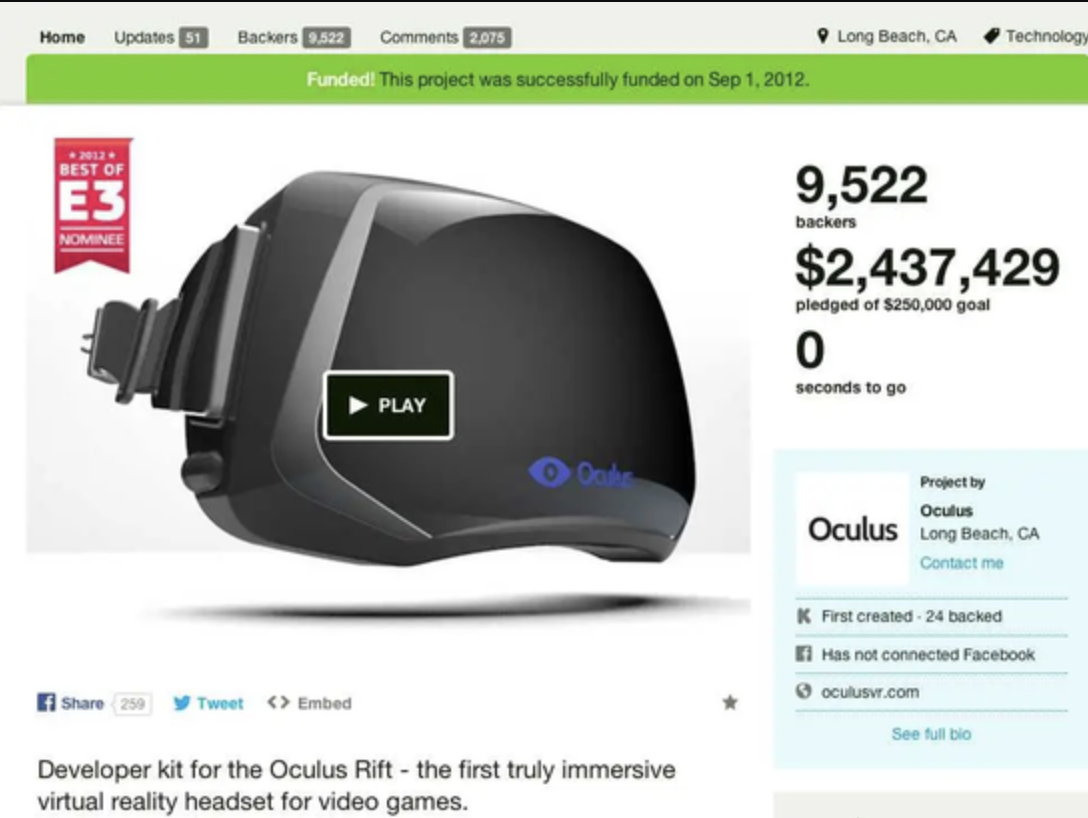In the dynamic realm of crowdfunding, different models have emerged to cater to different fundraising needs. However, a common pitfall lies in the tendency to conflate "donations crowdfunding," "rewards crowdfunding," and "regulated investment crowdfunding." While these models share a common term - “crowdfunding” - they are very different and serve distinct purposes.
Donations Crowdfunding is typified by platforms like GoFundMe and involves raising funds for personal causes without an obligation to provide a product. Someone has a hospital bill and they appeal to donors. “Donors” not “Investors.” In other words, there is not the expectation or obligation of a “return” of any kind with donations crowdfunding.
Rewards Crowdfunding is a popular model exemplified by platforms like Kickstarter and Indiegogo and it allows creators to pre-sell a product or service to backers. “Backers” not “Investors.” In other words, contributors or backers receive tangible rewards in return for their support but they are not owners or shareholders of any company.
A case in point: Oculus was a company that ran a Kickstarter campaign to launch VR headsets. They raised $2,437,429 from 9,522 backers which averaged $255.98 per backer. Not long after the campaign, the company was acquired by Facebook for a whopping $2 BILLION dollars. But the backers got nothing from the acquisition because they did not have any ownership in Oculus. Lesson learned: being a backer doesn't make you an owner. Should've read the fine print, folks!
Regulated Investment Crowdfunding is governed by strict securities regulations and requires companies to list their offerings on an approved intermediary (e.g. FINRA approved Broker Dealer or Crowdfunding Portal). There are approximately 90 portals approved today. Unlike rewards or donation crowdfunding, regulated investment crowdfunding requires compliance with securities laws, making it a more intricate process. Investors must be aware of the risks associated with startups and/or businesses, and the success of the venture is not guaranteed.
However, in the Oculus example above, had they used Regulated Investment Crowdfunding, they likely would have done so using a Reg CF portal and on average, Reg CF companies are valued at about $28 million. Had the “backers” been “investors” their ~$2.4 million would have given them a share of ~8.71% of the company. Upon sale to Facebook, each investor that put in the average, $255.98, would have received a payback of over $18,000 or 70x the amount they invested! What a lost opportunity for the Oculus backers and for the regulated investment crowdfunding industry as a whole.
The takeaway here is simple: when words match, meanings matter! And when wading through the crowdfunding terminology maze, it's important to understand the fundamental difference between the different types of “crowdfunding” so your financial journey doesn’t end with an unexpected plot twist and a not-so-happy ending.
#RIC #RegCF
Register for FREE to comment or continue reading this article. Already registered? Login here.
5




Great analysis. I think it is important for us in the investment crowdfunding space to preserve and burnish the "brand" of crowdfunding.